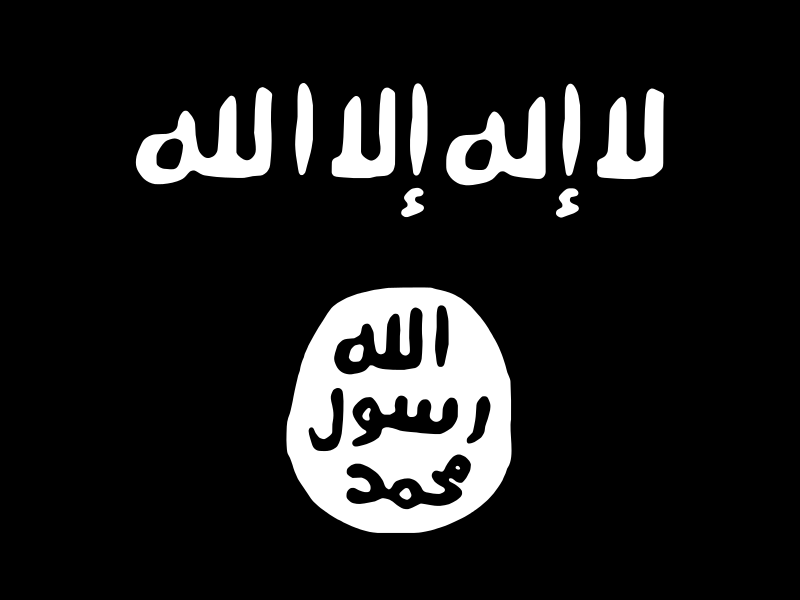
On the eve of the 13th anniversary of the September 11th, 2001, terrorist attacks, President Obama declared a new war on terror. However this time his target was not our age-old enemy al Qaeda, but a group that goes by one of three acronyms: ISIS (Islamic State of Iraq and al-Sham), ISIL (Islamic State of Iraq and the Levant ), or simply, IS (Islamic State). So who is this new terrorist organization that has the world on edge? Read on . . .
The genesis of this jihadist group can be traced back to 2011. Similar to many other countries in the area, Syria was experiencing what is now being collectively called "Arab Spring" - A series of revolutions that began in the North African country of Tunisia and spread to the neighboring countries of Egypt, Algeria, Yemen and many others. While a majority of the leaders gave in to the wishes of their people and resigned, Syrian President Bashar al Assad managed to quell the uprising. Since then, the country has been embroiled in a civil war with several rebel groups still trying to overthrow the President. Among them, is Jabhat-Al Nusra, an "approved" offshoot of Islamic militant group, al-Qaeda.
Though the group was radical, they did not garner much world attention until April 2013, when the "Islamic State of Iraq" another offshoot of al Qaeda led by Abu Bakr al Baghdadi, decided to join forces with Jabhat-Al Nusra. When both al Qaeda and the leader of Jabhat-Al-Nusra protested against the union, Baghdadi convinced 80% of the Syrian rebel group's members to defect with him and form a new organization that he called the Islamic State of Iraq and al-Sham (ISIS).

The term "al Sham" refers to a vast area that includes southern Turkey, Syria, Egypt, Lebanon, Israel and the Palestinian territories. Baghdadi plans to conquer all and unite them as one Islamic state or Caliphate. Since the English term for this entire region is "the Levant", many experts and politicians have begun to refer to the organization as the Islamic State of Iraq and the Levant or ISIL.
No matter what they are called, the one thing that is rapidly becoming apparent is that the organization, which has broken all ties with its parent group al Qaeda, means business. Since their formation, ISIS has rapidly expanded its control over towns and cities in Syria and Iraq. What's even more disconcerting is that their growth has been strategically planned around areas that are close to major supply routes, crucial infrastructure and important border crossings.
As a result, they are able to smuggle goods as well as oil from the 11 fields that are now in their control, and sell them at highly discounted prices to help fund their terrorist activities. Experts estimate that this together with extortion money obtained from kidnapping foreign nationals for ransom, as well as widespread looting of old artifacts, yields the group about $3 million USD daily. If the estimates are correct, it elevates ISIS into the world's wealthiest terrorist group, making them even more lethal.

In addition to inching towards the formation of the dream 'Islamic State', ISIS has lately also been grabbing headlines with the public beheadings of two American journalists - James Foley and Steven Sotloff, as well as British aid worker David Haines. Some officials believe the videos, which have been distributed worldwide, are a way to warn off the group's foes, particularly the US military, that has been able to stop their progress towards northern Iraq. Others think it may be for just the opposite reason - to draw the world's ire and force them to declare war against the terrorists.
If that was their intention, it certainly seems to have worked since the US along with 40 allies have vowed to do whatever is necessary to fight the group of approximately 31,500 rebels that are causing havoc worldwide. While the current plans are to try weaken the group by using drones and reconnaissance flights to strike down crucial check posts and vehicles believed to be transporting key personnel, some experts fear it may not be enough. They think that the only way to defeat this increasingly sophisticated group of militants, is by deploying ground troops. If they are right, the allies may be drawn into another long-drawn war, a situation that everyone hopes to avoid, unless it becomes inevitable.
Resources: theguardian.com,independent.co.uk, telegraph.co.uk, wikipedia.org, vox.com